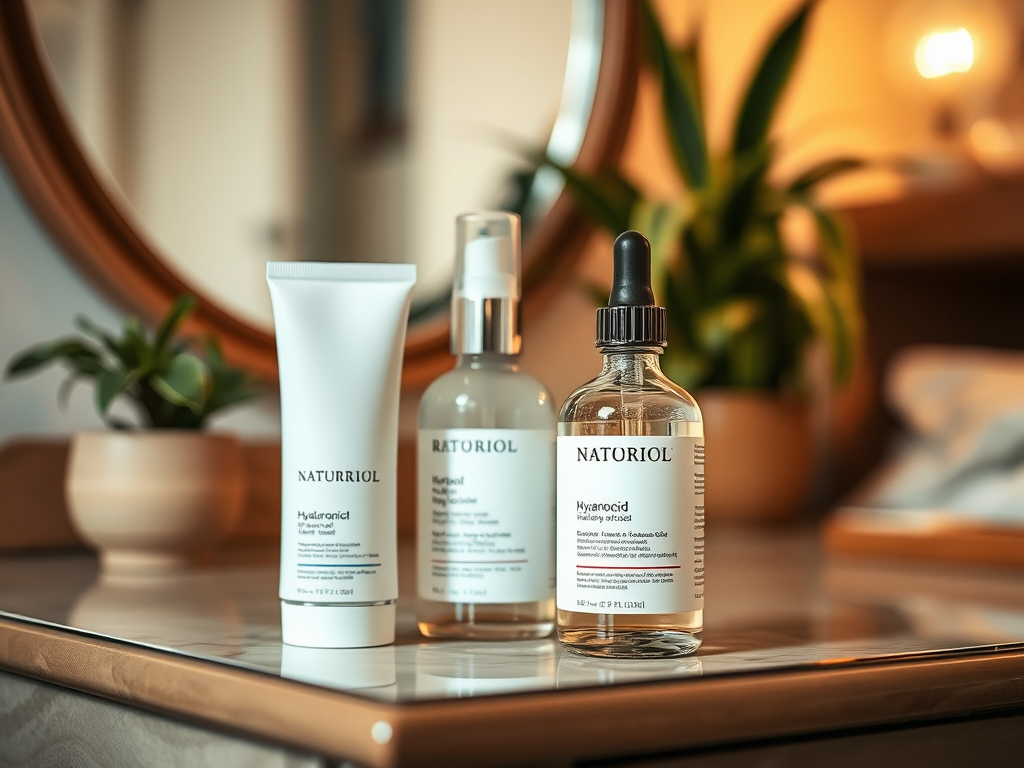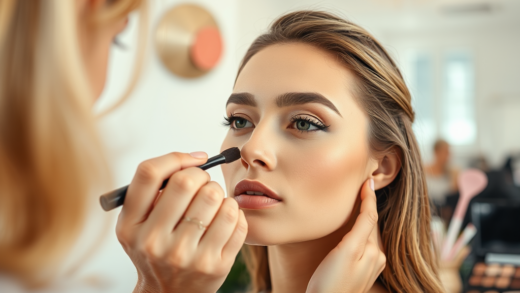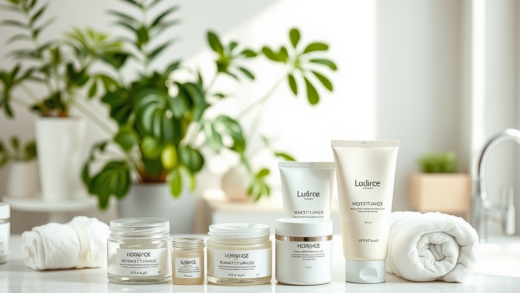In the realm of skincare, few combinations spark as much debate as hyaluronic acid and retinol. Skincare enthusiasts often find themselves caught between admiration for the anti-aging benefits of retinol and the hydrating properties of hyaluronic acid. As these two powerhouses draw attention, plenty of myths arise. The question is, can these two ingredients coexist effectively in your skincare routine? Understanding how they function can unravel some of the confusion. By addressing common misconceptions, this article aims to clarify how hyaluronic acid can support retinol’s benefits while minimizing potential side effects.
What is Retinol?

Retinol, a derivative of vitamin A, is widely recognized for its ability to promote cellular turnover. It has taken center stage in countless skincare routines due to its benefits, which include reducing the appearance of fine lines and wrinkles, clarifying skin tone, and improving texture. Users looking for a youthful glow often turn to retinol, although it can come with its challenges. For instance, some people experience dryness, peeling, or irritation as their skin adjusts to this potent ingredient. Understanding these effects is crucial before incorporating it into your routine. If you’re new to the world of retinol, it’s essential to start slow to allow your skin to acclimate.
Understanding Hyaluronic Acid

Hyaluronic acid, on the other hand, is a naturally occurring substance in the body known for its remarkable ability to retain moisture. This ingredient can hold up to 1,000 times its weight in water, making it an excellent choice for hydration. Many products boast varying concentrations of hyaluronic acid, catering to all skin types and concerns. Its primary role lies in maintaining skin hydration and enhancing the skin barrier, which is essential when using potent actives like retinol. By incorporating hyaluronic acid into your routine, you can ensure your skin remains plump and healthy. This is especially important if you’re using products that may compromise your skin’s moisture levels.
Myths Surrounding Hyaluronic Acid and Retinol Compatibility
Myth 1: Hyaluronic Acid Cancels the Effects of Retinol
One of the most persistent myths is that hyaluronic acid negates the benefits of retinol. This misunderstanding stems from the perception that hydrating agents dilute the potency of active ingredients. However, the truth is quite the opposite. Hyaluronic acid can actually enhance the overall efficacy of retinol by maintaining hydration and preventing excessive dryness. Embracing this combination allows the user to enjoy the benefits of both ingredients without sacrificing effectiveness.
Myth 2: Using Both Will Irritate the Skin
Another common concern is the potential for skin irritation caused by using both ingredients. While it’s true that retinol can lead to dryness or irritation, incorporating hyaluronic acid can help alleviate these issues. This combination is particularly beneficial for sensitive skin types. By applying hyaluronic acid after retinol, you can soothe and hydrate the skin, which reduces the risk of adverse reactions. It’s critical to monitor your skin’s response and adjust usage accordingly.
Myth 3: They Should Never Be Used Together
Some skincare advocates firmly believe that hyaluronic acid and retinol should never occupy the same skincare regime. This notion can discourage users from experiencing the potential benefits of both. In reality, these ingredients can be layered for maximum effect. If used correctly, they can work harmoniously to deliver both anti-aging benefits and deep hydration. Always remember that layering techniques can vastly improve the overall results of your skincare routine.
How to Incorporate Hyaluronic Acid and Retinol into Your Skincare Routine
Integrating these two powerhouse ingredients into your routine can be straightforward with the right approach. Below are some tips to consider for effective usage:
- Start with a low concentration of retinol to help your skin adjust.
- Apply retinol in the evening to minimize potential irritation.
- Follow with hyaluronic acid to lock in moisture post-application.
To visualize the layering process, consider this table that outlines application times and best practices:
| Step | Product | Frequency |
|---|---|---|
| 1 | Cleanser | Daily |
| 2 | Retinol | 2-3 times a week |
| 3 | Hyaluronic Acid | Daily |
Taking the time to establish an effective routine may require some effort, but your skin will thank you in the long run. As you progress, feel free to experiment with product combinations to find what works best for you.
Conclusion
Utilizing hyaluronic acid alongside retinol can offer a balanced approach to skincare, addressing both hydration and anti-aging needs. Dispelling myths surrounding their compatibility reveals their potential to deliver outstanding results together. If you experience difficulties or side effects, consulting a dermatologist will provide tailored advice to enhance your skincare routine. Ultimately, understanding these ingredients can empower you to make informed choices that yield beautiful, healthy skin.
Frequently Asked Questions
- Can I use hyaluronic acid and retinol together? Yes, they can be used together to benefit from the hydrating properties of hyaluronic acid alongside the anti-aging effects of retinol.
- Should I apply hyaluronic acid before or after retinol? It is generally recommended to apply hyaluronic acid after retinol to lock in moisture and enhance hydration.
- Will using both lead to skin irritation? While retinol might cause sensitivity, combining it with hyaluronic acid can help mitigate dryness and irritation when used properly.
- Can I use both products daily? Beginners should start with retinol a few times a week, while hyaluronic acid can be used daily. Gradually increase retinol usage as your skin adjusts.
- What should I do if I experience irritation? If irritation occurs, reduce the frequency of retinol application and consider consulting a dermatologist for advice tailored to your skin type.


